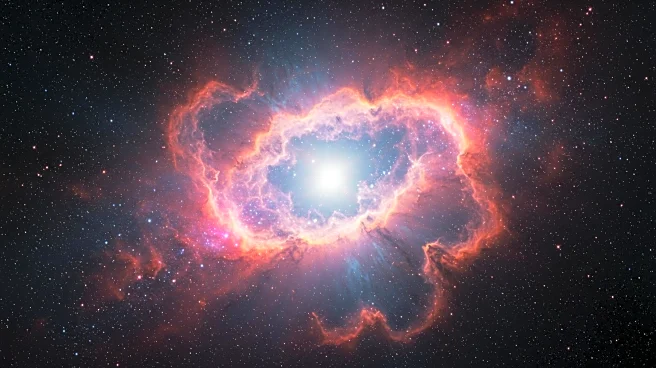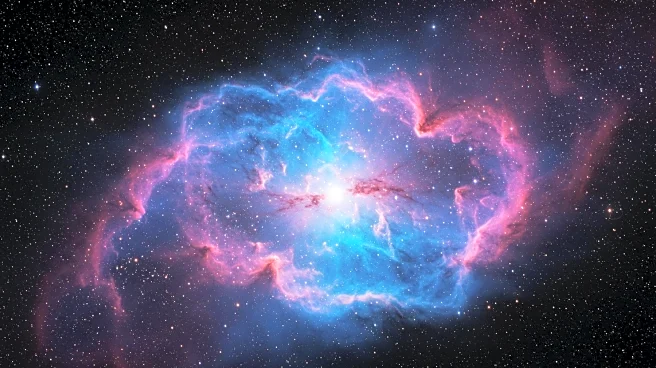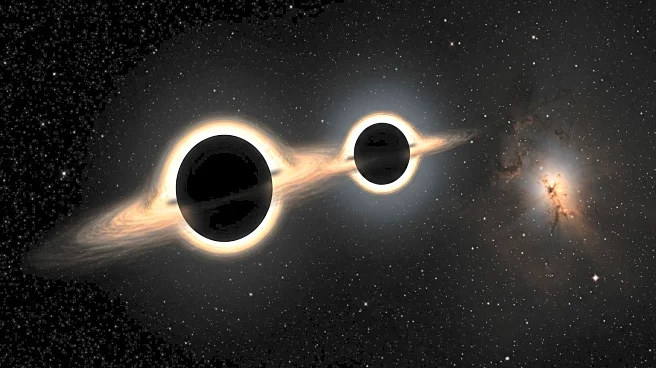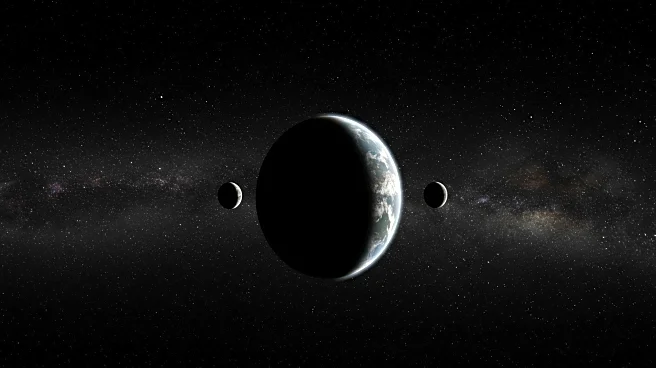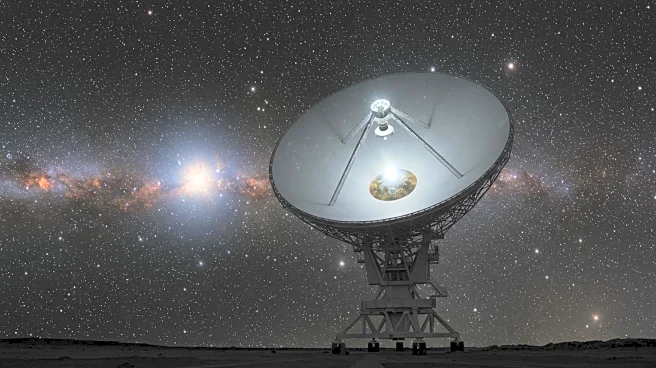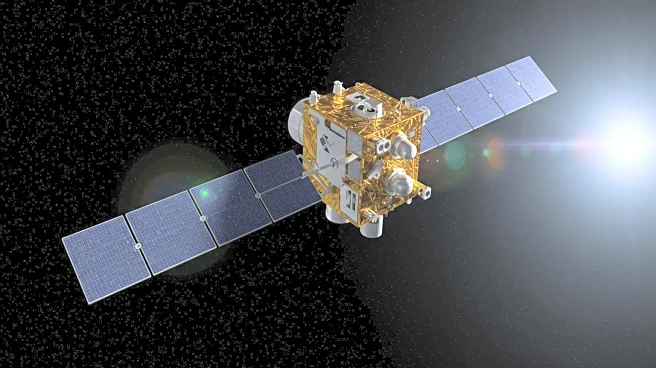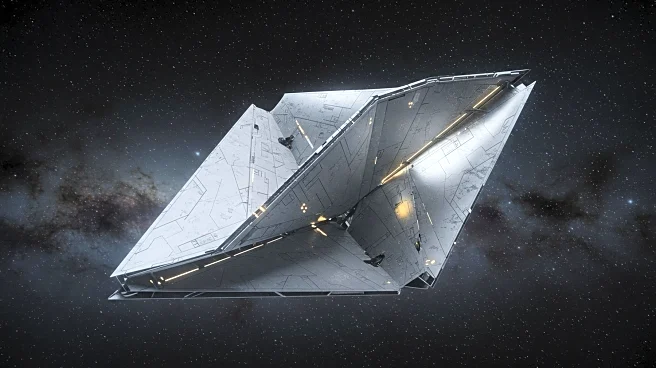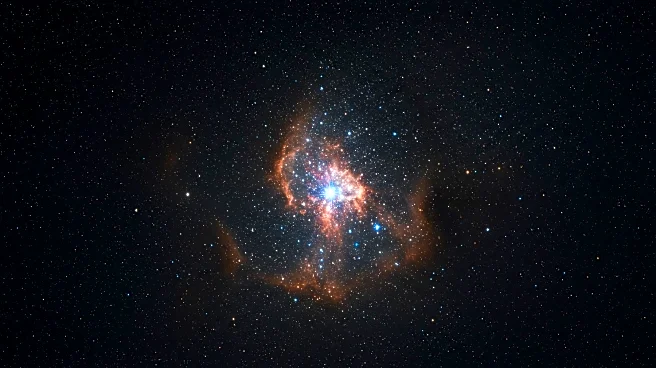Rapid Read • 7 min read
A study from UC Riverside suggests that dark matter particles in gas giants could collapse into detectable black holes. The research, published in Physical Review D, explores how superheavy non-annihilating dark matter particles might accumulate in the cores of exoplanets, eventually forming black holes. This model proposes that black holes could form on observable timescales, offering a new method for investigating dark matter through exoplanet surveys.
The potential for dark matter to form black holes in exoplanets challenges existing theories about dark matter's properties and interactions. Discovering planet-sized black holes would provide strong evidence for the superheavy non-annihilating dark matter model, offering new insights into the nature of dark matter. This research could influence future studies on dark matter detection and the role of exoplanets in understanding cosmic phenomena.
AD
Researchers will continue to explore the implications of dark matter-induced black holes, using upcoming space missions to gather more data on exoplanets. The study may inspire further investigations into the effects of dark matter on planetary evolution and the potential for detecting high-energy radiation from dark matter interactions.
The study highlights the growing importance of exoplanets in dark matter research, as expanding data allows scientists to test new models and hypotheses. By examining the potential for dark matter to influence planetary evolution, researchers gain new perspectives on the universe's fundamental properties.
AD
More Stories You Might Enjoy
